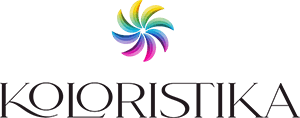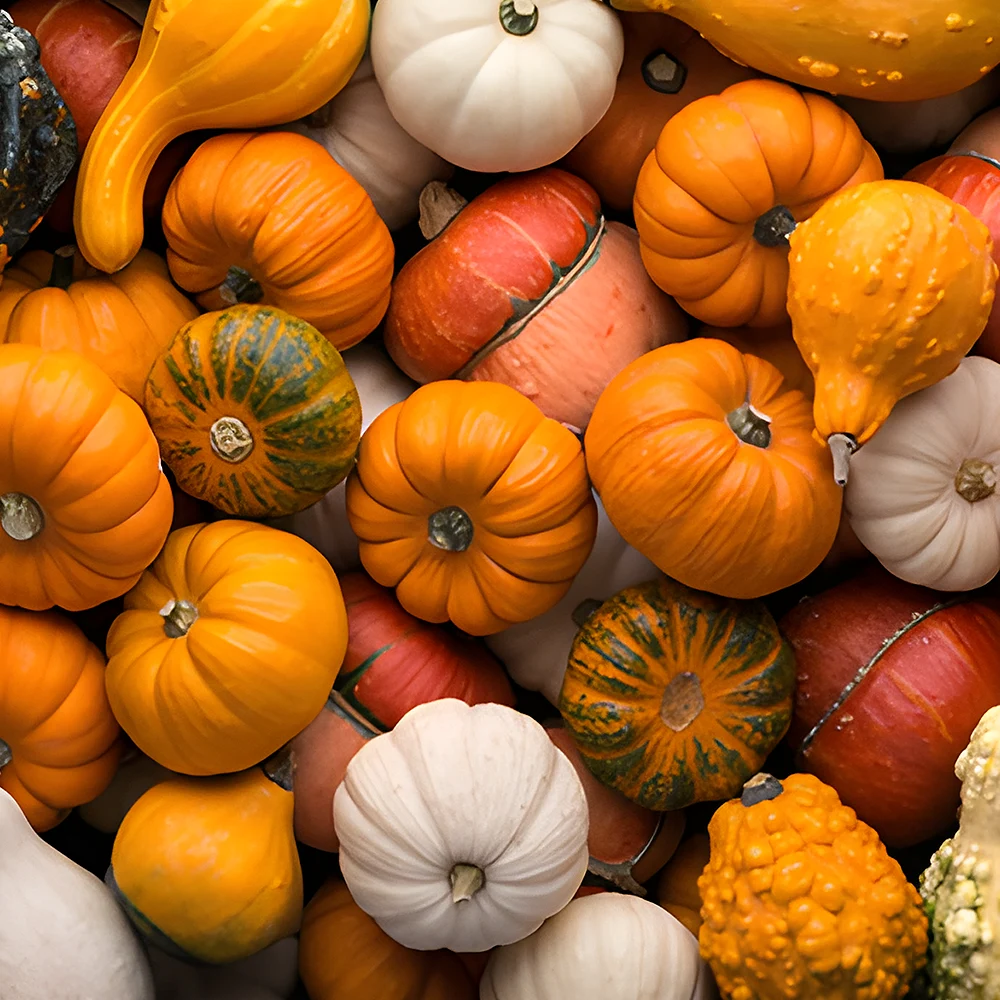1. Fallen leaves
A deep reddish-orange color or rust color reminiscent of fallen leaves and changing foliage.
2. Sunlit autumn fields
Bright, warm yellow tones such as golden yellow that resemble the color of ripe harvest crops and sunlit fields.
3. Pumpkins
A deep, warm orange shade resembling the color of pumpkins and autumn sunsets.
4. Fading foliage
A muted, warm green such as olive green that represents the fading foliage and the transition from summer to autumn.
5. Earth’s soil
A warm, reddish-brown color such as terracotta that mirrors the tones of clay and earthenware.
6. Vineyards
A deep, rich red wine color such as burgundy that symbolizes maturity and is often associated with falling leaves and vineyards.
7. Late season flowers
A warm, muted yellow shade such as mustard that is reminiscent of dried grass and late-season flowers.
8. Tree trunks
A dark, warm brown shade such as chocolate brown resembling the color of tree trunks and soil.





